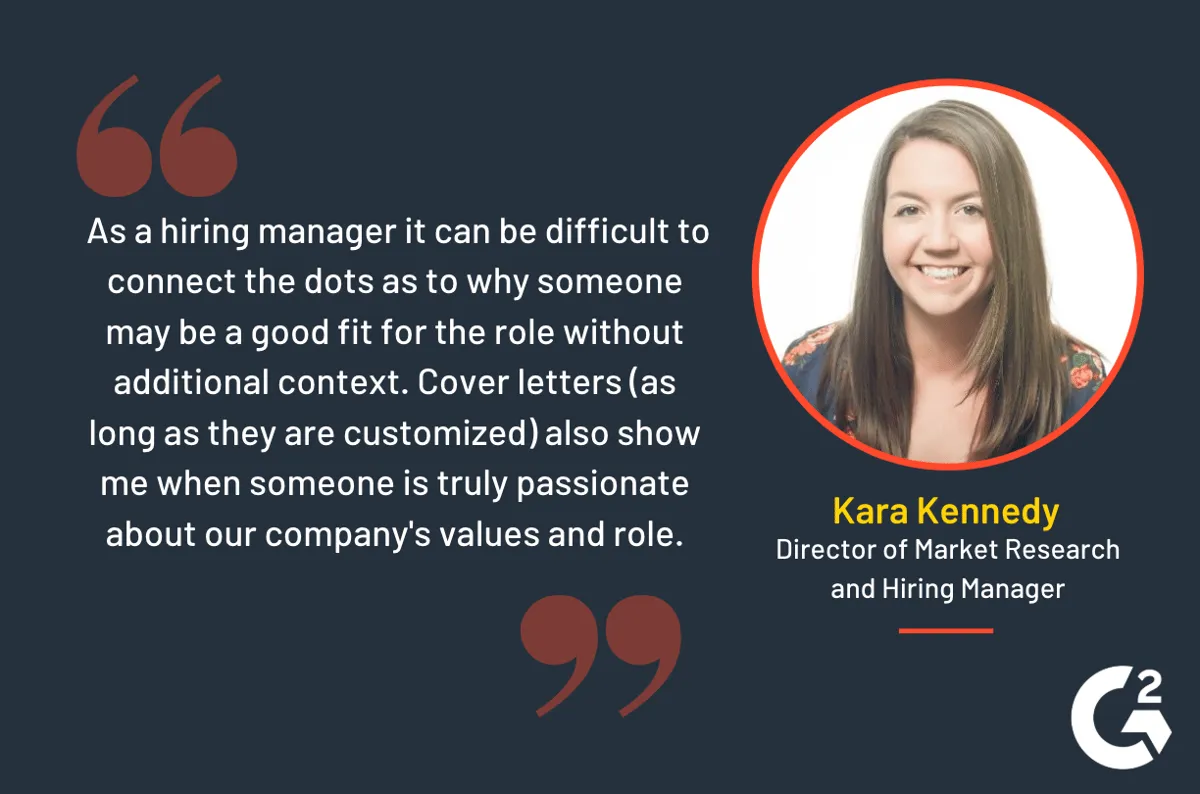Understanding the Purpose of a Cover Letter
A cover letter serves as your introduction to a potential employer, and its main purpose is to highlight why you are the ideal candidate for the job. It is a chance to showcase your personality, skills, and enthusiasm in a way that a resume alone cannot. Think of it as your personal sales pitch, tailored specifically for the role you are applying for. A well-written cover letter can significantly increase your chances of getting an interview by demonstrating your genuine interest and qualifications.
Why a Cover Letter Matters
In a competitive job market, a cover letter provides an opportunity to differentiate yourself from other applicants. It shows that you’ve taken the time to understand the company’s needs and explain how your skills align with those needs. Many hiring managers consider a cover letter essential, as it provides context to your resume and reveals your communication skills, attention to detail, and genuine interest in the position. Neglecting a cover letter can sometimes signal a lack of serious interest or a lack of attention to detail, which can be detrimental to your application.
Your cover letter gives you a platform to narrate your career journey and explain any gaps or transitions that might be present in your resume. This is a fantastic opportunity to address any concerns the hiring manager might have and to showcase that you’re more than just a list of skills and experiences. It’s about demonstrating your personality, passion, and how you can contribute to the company’s success.
Key Elements of a Compelling Cover Letter
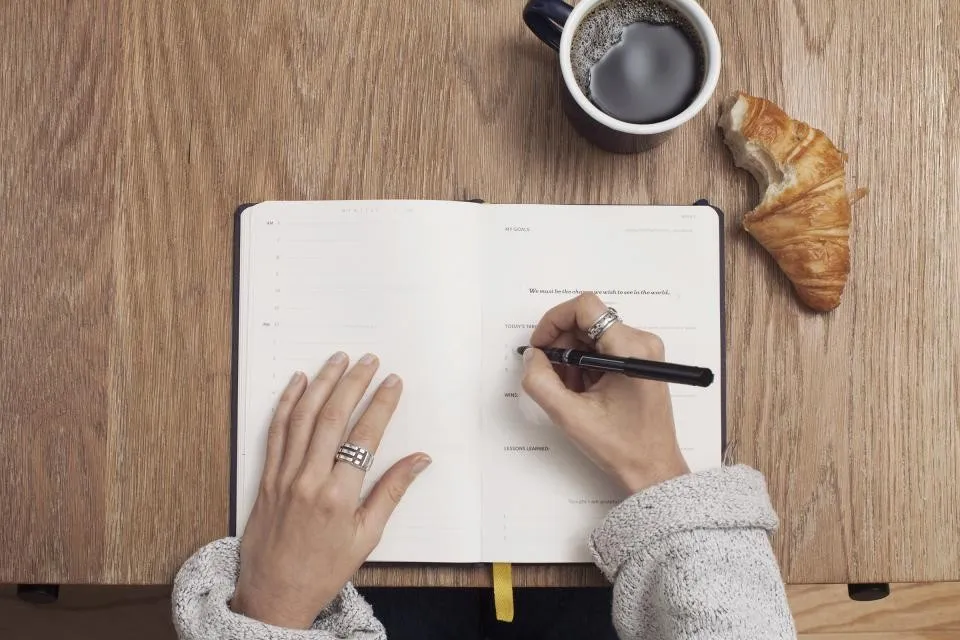
A compelling cover letter should be concise, well-structured, and tailored to the specific job and company. It needs to grab the reader’s attention from the start, clearly state your purpose for writing, and highlight your key qualifications and achievements. It should also express your enthusiasm for the role and the company and end with a clear call to action, encouraging the hiring manager to contact you for an interview. Remember to proofread meticulously for any grammatical errors or typos; these can undermine your credibility.
Step 1 Researching the Company and Job
Before you start writing your cover letter, you must conduct thorough research on the company and the specific job you are applying for. This research allows you to tailor your letter to the company’s values, culture, and the requirements of the position. Understanding the company’s mission, recent news, and any specific projects can provide you with valuable information to impress the hiring manager with your informed approach. This level of detail also demonstrates your genuine interest in the opportunity.
Find the Right Contact
Whenever possible, address your cover letter to a specific person, ideally the hiring manager or the person in charge of recruitment for the role. This personalization immediately makes your letter more engaging and demonstrates that you’ve taken the time to research and understand the company. Look at the company’s website, LinkedIn, or job posting to find the appropriate contact person’s name. If you cannot find a specific name, you may address the letter to the Hiring Manager.
Tailoring Your Letter
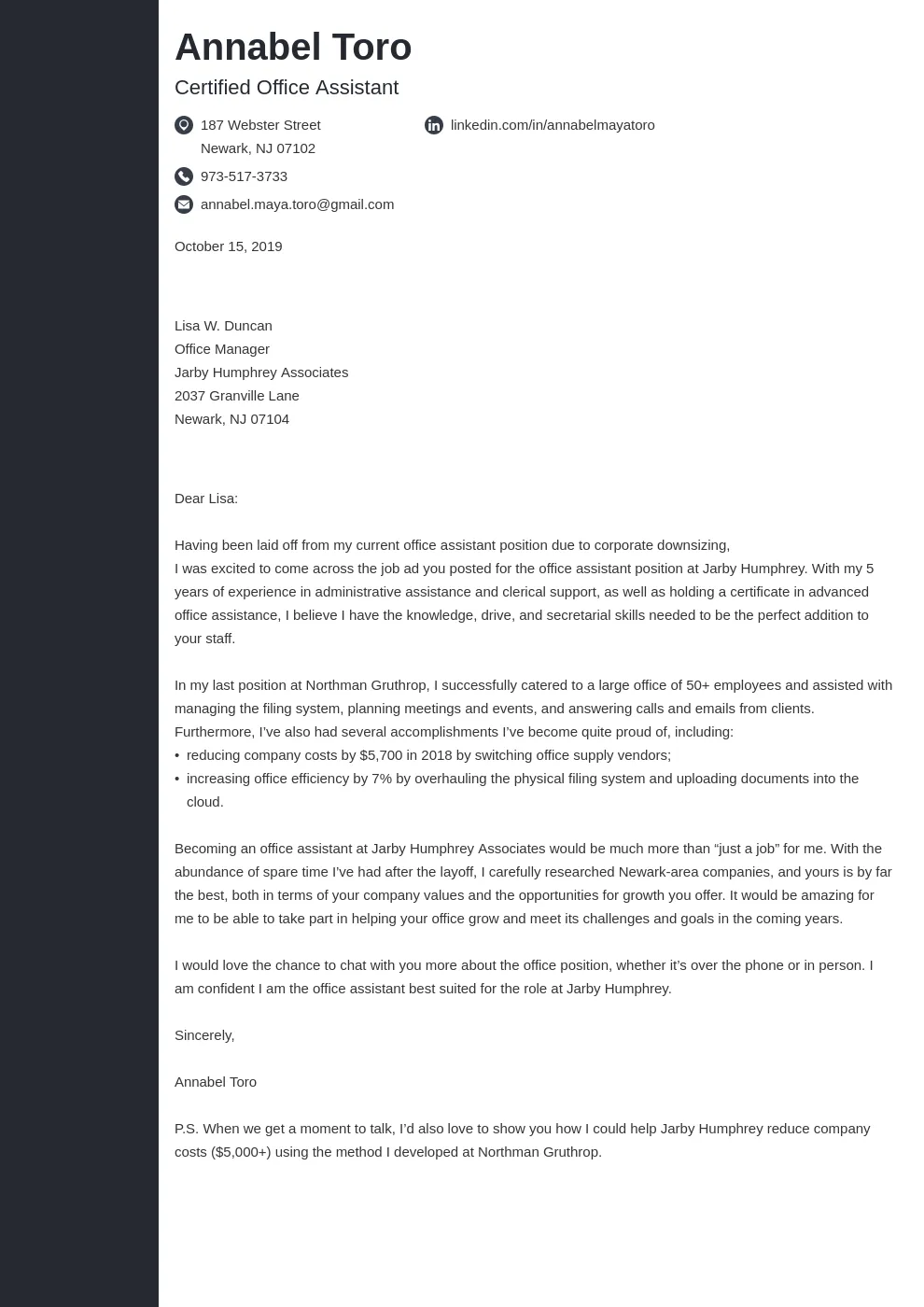
Tailoring your cover letter to each job application is crucial. This means adapting your letter’s content, tone, and language to match the specific requirements and keywords mentioned in the job description. Carefully review the job posting to identify the key skills and qualifications the employer is seeking and highlight the relevant experiences and achievements from your background. Avoid using a generic cover letter; instead, customize it to showcase your qualifications and prove that you understand the company’s needs and how you can meet them.
Step 2 Formatting Your Cover Letter
The formatting of your cover letter is just as important as the content. A well-formatted letter is easy to read and presents you as organized and professional. Use a clean, professional font like Arial, Calibri, or Times New Roman, and keep the font size between 10 and 12 points. Maintain consistent margins of about one inch on all sides and use single spacing within paragraphs with a blank line between each paragraph for better readability. Ensure the letter is well-structured and visually appealing.
Header and Contact Information
Your cover letter should begin with a header that includes your contact information (name, phone number, email address, and optionally your LinkedIn profile URL) and the date. Below that, include the recipient’s contact information: their name, job title, company name, and address. This formatting ensures that the recipient can easily contact you and confirms the professional nature of the letter.
Using a Professional Font and Font Size

Choosing a professional font and appropriate font size is an essential part of formatting your cover letter. Stick to standard fonts like Arial, Calibri, or Times New Roman, which are easy to read and widely accepted. A font size between 10 and 12 points ensures that the text is readable without appearing too large or too small. Consistency in your font choice throughout the letter adds to the professional look, ensuring that the focus remains on your qualifications and experience.
Step 3 Writing a Strong Opening
The opening paragraph of your cover letter is your first and perhaps most crucial opportunity to capture the hiring manager’s attention. It should immediately state the position you are applying for and how you found the job opening. You might also briefly mention something that sparked your interest in the company or the role. A strong opening sets the tone for the rest of your letter and encourages the reader to continue reading.
Grabbing the Reader’s Attention
To grab the reader’s attention, start with a compelling statement that highlights your enthusiasm for the role or the company. You could mention a specific achievement or skill that directly relates to the job requirements. Avoid generic opening lines. Instead, craft a unique and engaging introduction that demonstrates your understanding of the company’s needs and your ability to meet them. Personalize your opening to reflect your genuine interest and show that you have carefully considered the opportunity.
Stating Your Purpose
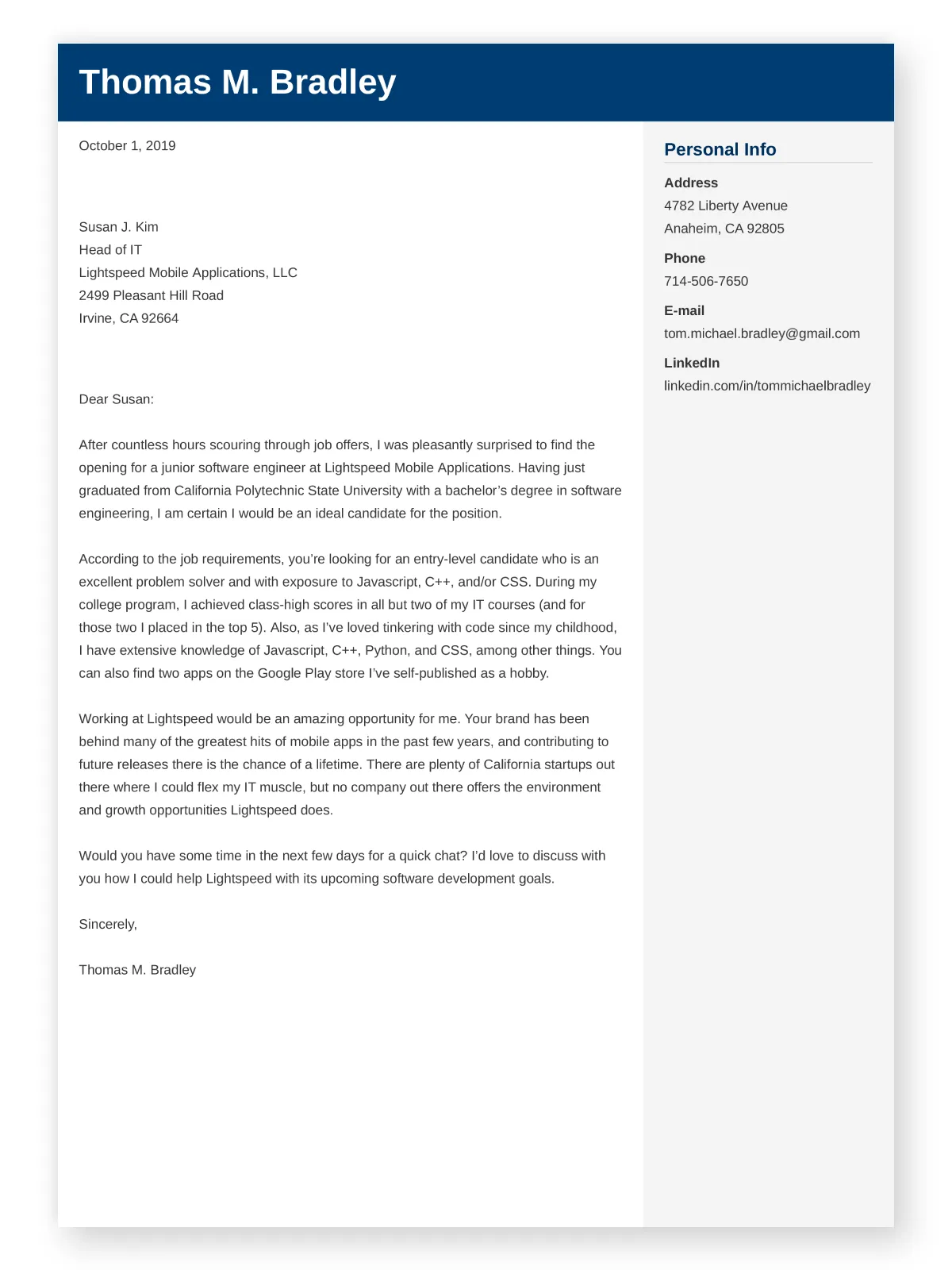
Clearly state the position you are applying for in your opening paragraph. This immediately informs the hiring manager of the purpose of your letter. Briefly mention where you saw the job posting and express your enthusiasm for the opportunity. This direct approach sets a clear context for the rest of your letter and shows that you understand the requirements of the position and are prepared to address them. Be specific and ensure the reader knows exactly what role you are targeting.
Step 4 Showcasing Your Skills and Experience
In the body of your cover letter, you should showcase your relevant skills and experiences. Explain how your qualifications align with the job requirements and provide specific examples of your accomplishments. Use the STAR method (Situation, Task, Action, Result) to describe your experiences in detail, showing the impact of your work. This section is where you demonstrate your value and convince the hiring manager that you are the best fit for the role.
Highlighting Relevant Achievements
Highlighting relevant achievements is crucial to demonstrating your value to a potential employer. Focus on quantifiable results and specific examples of how you have made a positive impact in previous roles. For example, instead of saying you ‘managed projects,’ state that you ‘successfully completed five projects on time and under budget, resulting in a 15% increase in efficiency.’ Highlighting achievements shows the hiring manager that you can deliver results.
Quantifying Your Accomplishments

Whenever possible, quantify your accomplishments to provide concrete evidence of your skills and achievements. Use numbers, percentages, and data to demonstrate the impact of your work. For example, instead of saying that you improved sales, state that you ‘increased sales by 20% in the first quarter.’ Quantifying your accomplishments makes your claims more credible and helps the hiring manager understand the value you bring to the table. Numbers make your letter more impactful.
Step 5 Closing with Confidence and Call to Action
Your closing paragraph should express your enthusiasm for the opportunity, reiterate your interest in the position, and include a clear call to action. Thank the hiring manager for their time and consideration. By ending with a strong call to action, you encourage the hiring manager to take the next step, which is typically to contact you for an interview. Keep your closing concise, professional, and focused on your desire to move forward in the hiring process.
Expressing Enthusiasm
Express your enthusiasm for the opportunity and reiterate your interest in the company and the role in your closing paragraph. This reminds the hiring manager of your genuine interest. Mention something specific that excites you about the position or the company’s mission. This added level of enthusiasm can make your letter more memorable and increase your chances of receiving an interview invitation.
Requesting an Interview
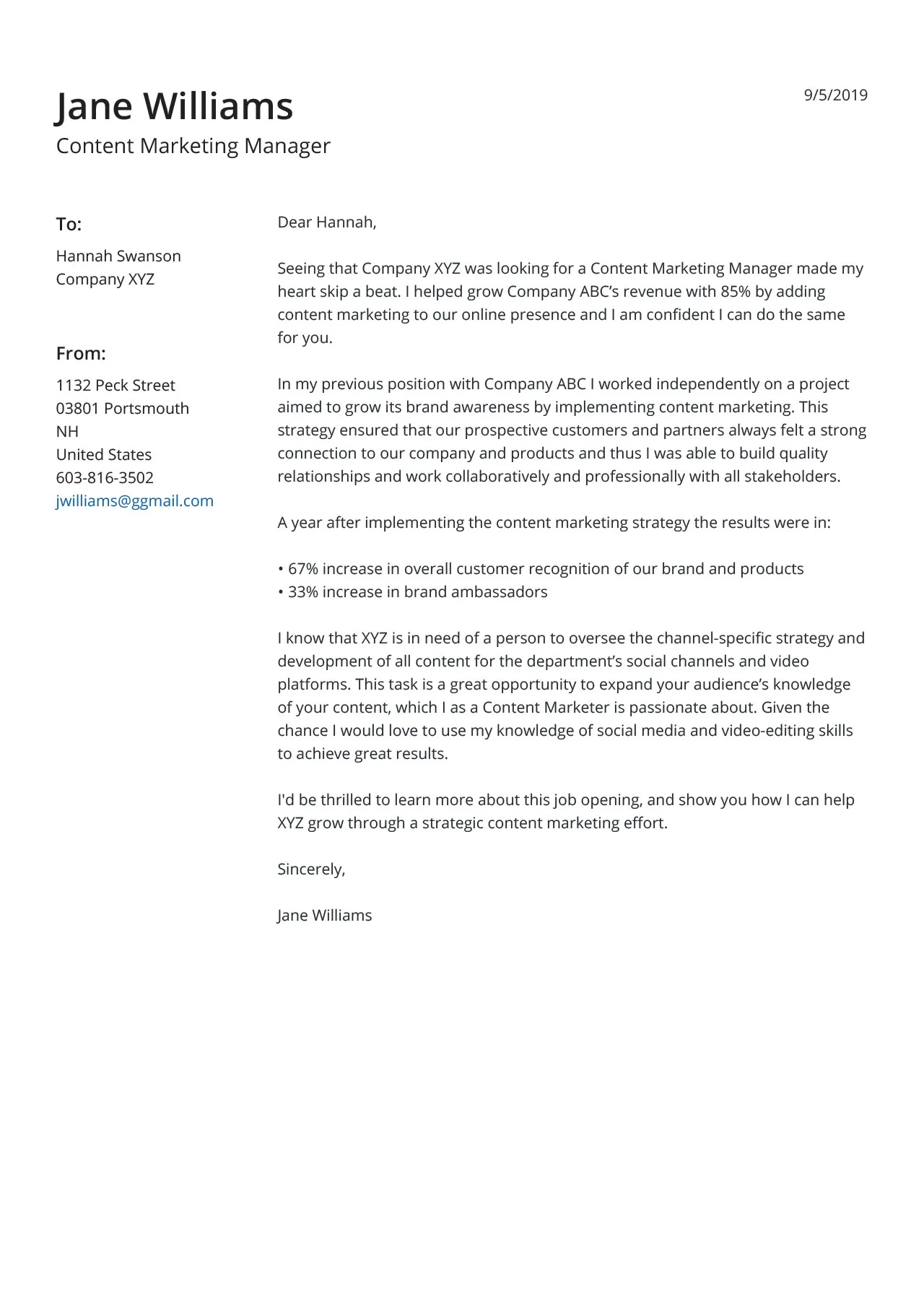
Include a clear call to action at the end of your cover letter, such as requesting an interview. State your availability and willingness to discuss your qualifications further. This tells the hiring manager exactly what you want them to do next. Make it easy for them to contact you by providing your contact information and expressing your eagerness to discuss the opportunity in more detail. This direct approach encourages them to take action and keeps the hiring process moving forward.
Proofreading and Editing
Before you send your cover letter, proofread and edit it carefully to ensure it is free of any errors. Typos, grammatical errors, and formatting inconsistencies can damage your credibility and make you appear unprofessional. Read the letter aloud to catch any awkward phrasing or sentences that don’t flow smoothly. Ideally, have a friend or colleague review your letter for a fresh perspective. Pay close attention to every detail to ensure a polished and error-free final product.
Writing a cover letter can seem daunting, but by following these five steps, you can create a compelling and effective letter that will significantly increase your chances of getting an interview. Remember to always tailor your letter to the specific job and company, highlight your relevant skills and accomplishments, and proofread carefully before submitting. Good luck with your job search!
